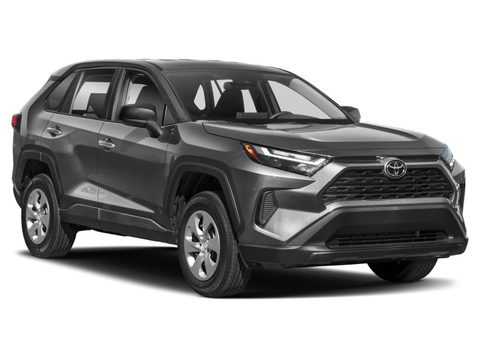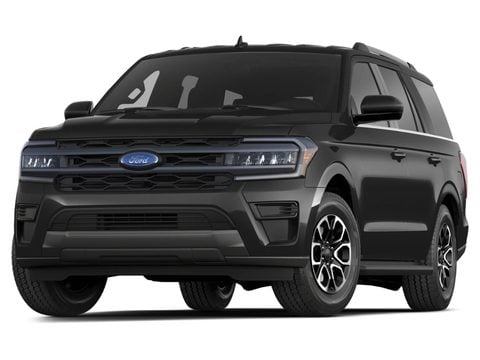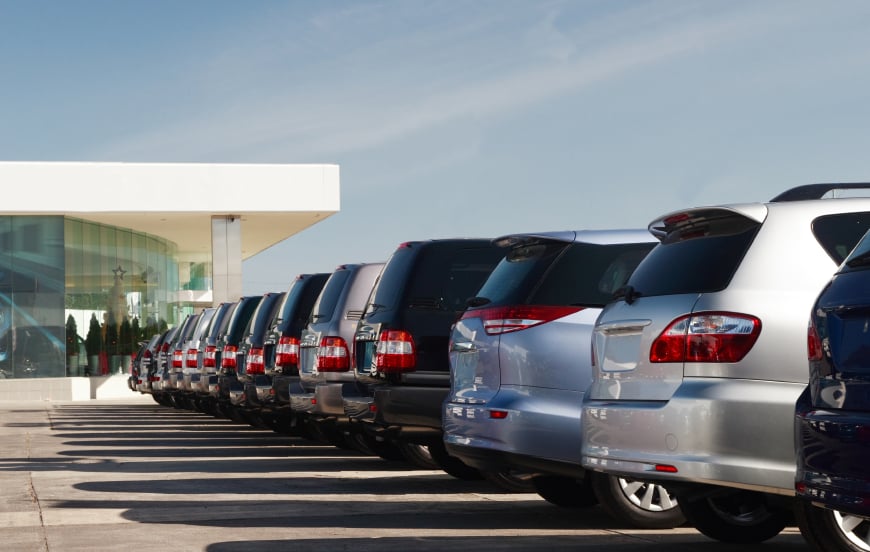You’re likely to hear the term “crossover SUV” when shopping for a sport utility vehicle, but what exactly does it mean? The standard answer is that crossover SUVs are lighter and more car-like, while traditional SUVs are heavier and more truck-like. However, distinguishing between the two isn’t always so simple.
The word “crossover” became popular in the late 1990s to describe vehicles that combined features of a passenger car with the functionality and appearance of an SUV. Crossovers were built on a car platform, called a unibody frame, while SUVs were constructed on what’s called a body-on-frame design used for pickup trucks.
Today, crossover SUVs — also called CUVs — have become one of the most popular vehicle categories. With hundreds of makes and models to choose from, you’ll sometimes hear “crossover” used in reference to SUVs that don’t technically fit the original crossover criteria. Even though automakers and consumers use the terms interchangeably, this article focuses on the traditional definitions.

The Toyota RAV4 is a crossover SUV …

… while Ford’s Expedition is a traditional SUV.
What is a crossover SUV?
Despite many similarities between crossovers and traditional SUVs, their unique structures result in key differences — such as how they drive, interior space, fuel economy and towing capacity. Here’s a comparison for each.
Design
Crossovers are built with a unibody design, meaning the vehicle’s body and frame are a single structure. This particular design gives the vehicle versatility, with a mix of car and SUV benefits.
Traditional SUVs have a body-on-frame design meaning the vehicle’s body and frame are built separately and then joined together. This type of construction makes traditional SUVs heavier and more durable.
Handling and ride
Crossovers handle more like cars and typically offer a smoother, more comfortable ride. They’re usually smaller with a lower center of gravity, making them easier to handle and less prone to rollovers. And while crossovers are designed primarily for on-road use, with suspension systems meant to absorb bumps and vibrations better, they’re sturdy enough for light off-roading.
Traditional SUVs can feel less maneuverable in everyday driving, especially in tight city settings, due to their size. While many people do use them for daily driving, the choice of a traditional SUV is often based on cargo, towing or off-roading needs.
Fuel economy
Crossovers are lighter in weight and have a more aerodynamic unibody design, so they’re usually more fuel efficient and cost less at the gas pump. A growing list of crossovers are available as electric vehicles or hybrids, also reducing fuel costs as well as environmental impact.
Traditional SUVs have heavier bodies and more powerful engines that consume more fuel, which can result in higher costs at the gas pump. Like crossovers, though, SUVs are also available with electric and hybrid powertrains.
Space and comfort
Crossovers are designed for maximum passenger comfort and usually have a more car-like interior. At the same time, they enable you to transport large items with flexible configurations like fold-flat rear seats.
Traditional SUVs have a taller build and wider body, providing more space for passengers and cargo. Some larger models have third-row seating, with some enabling up to nine passengers to ride comfortably. Folding down the second- and third-row seats opens up a large area for transporting cargo.
Types of use
Crossovers usually come with front-wheel drive (FWD) and in some cases all-wheel-drive (AWD) — but AWD is an option for nearly all models. They aren’t meant for use on rugged terrain, but they perform well for daily commuting, highway driving, adverse weather and light off-road excursions.
Traditional SUVs typically have more powerful drivetrains — either AWD or four-wheel drive (4WD) — and higher ground clearance. They’re built to endure challenging terrain, inclement weather and heavy-duty use, such as towing trailers, boats or other heavy loads.
Did you know…
Some electric vehicles are built on a skateboard-like platform that’s used for a wide range of vehicles, including cars, crossovers, SUVs and trucks. This flexible architecture further blurs the distinction between crossovers and traditional SUVs.
Is a crossover SUV right for you?
When you know the differences between a crossover SUV and a traditional SUV, you can make a more informed decision about which type is best for you.
Consider a crossover SUV if:
-
You primarily need a vehicle for city or highway driving.
-
You want a smoother ride with a car-like driving experience.
-
Fuel efficiency is a priority for you.
-
You don’t require heavy towing or off-roading capability.
Consider a traditional SUV if:
-
You need a vehicle with off-road capabilities.
-
Towing heavy loads, such as boats or trailers, is a priority.
-
You need maximum cargo space and durability for outdoor activities or work.
Ultimately, the best choice depends on your lifestyle and driving habits. Crossovers are ideal for drivers who want the functionality and appearance of an SUV without the bulk, while traditional SUVs are designed for drivers seeking rugged performance and more heavy-duty use.









